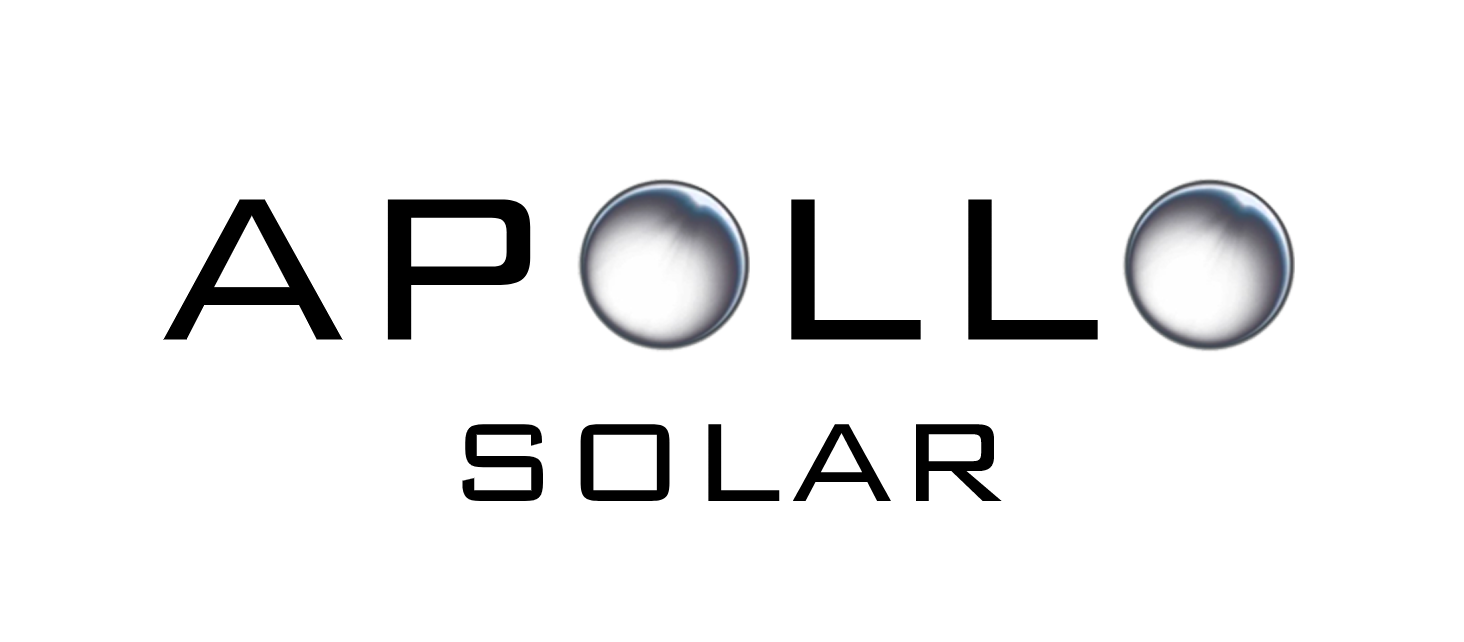- Servicing Queensland since 2010
The Benefits Of Microinverter Technology For Solar Energy Production
January 31, 2023
Solar power is a fantastic way of generating energy and, like most things, advances in technology are making it more efficient, affordable and accessible to Aussie home and business owners. One of the latest advancements in this field is that of Microinverter technology.
Microinverter technology is the next generation of solar energy production. It’s a system that provides more efficient, cleaner, and safer power than traditional solar panels by taking advantage of the latest in microprocessor technology.
In this article, we’ll take a look at microinverter technology in more detail, compare it to the other forms of solar technology and explain why it is so revolutionary for the future of green energy.
Table of Contents

What Are Microinverters And What Do They Do?
To convert DC power into AC, microinverters are installed on the rail system behind each of the solar panels. Microinverters are known for their small size and reliability in the market. They are also widely used in shading application, where a residential property will have shading issues. The reason for this is that the microinverters work independently of each other, meaning if you have shade on one panel, it does not affect the remaining panels in that row. A traditional string system in this instance would shut down the entire string.
Microinverters Vs String Inverters
In a nutshell, microinverters are smaller than string inverters, more efficient and reliable and can be installed on a per-panel basis. In solar energy production systems, the main component of a system is the solar panels. The solar panels generate DC power which needs to be converted into AC power. This is done by connecting them in series with each other, hence forming strings of solar panels that produce DC at the same voltage level. This DC then needs to be changed into AC so it can be used as regular household electricity. This process is called inverting or rectifying.
To achieve this inverting action in conventional systems, large single units called string inverters are connected directly across all your solar panels at once. These string inverters are large and heavy because they contain costly electronics that perform all the necessary functions within one device rather than individual components doing their work separately like in microinverter systems where each panel contains its own smart control unit.
What's The Difference Between An Inverter And A Microinverter?
A string inverter is a single unit that controls the power flow from all of your solar panels as one. It also controls other equipment in your system, such as a battery bank and/or charge controller. A microinverter is much smaller than a string inverter so it can be individually installed with each solar panel on the roof or ground mount location.
Microinverters are more efficient than string inverters because they control only small sections of the system at any given time, instead of the entire system at once. This means they don’t have to work as hard to do their job, which makes them last longer – meaning less maintenance for you. They also require less space in your attic or garage than installing a large set of string inverters would because there are no bulky components like fuses needed inside each microinverter box.
Finally, microinverters may be more expensive upfront but save money over time because they’re easier to maintain without requiring extensive knowledge about electrical systems. This makes them the more cost-efficient of the two options.
Microinverter Technology And Its Benefits
Microinverters are a type of solar inverter that converts the direct current (DC) power generated by a single solar panel into alternating current (AC) power. They are installed directly on each solar panel and are capable of converting DC power to AC power with minimal losses.
Although they can convert DC to AC, microinverters aren’t capable of absorbing excess energy from your system and storing it for later use in batteries or other types of storage devices. Microinverters allow you monitor each individual panel, which is great of ensuring you protect your solar investment.
Conclusion
As you can see from the above, microinverters are a great alternative to string inverters. They are more efficient and reliable than their counterparts, which means that they will save you money in the long run. Microinverters also offer many different benefits for solar panel owners such as lower maintenance costs, better performance and higher efficiency rates than traditional systems.
At Apollo Solar, we utilise innovative microinverter technology for our systems, so you can enjoy boosted energy production, increased reliability & outstanding intelligence. So what are you waiting for? Give us a call today for a free quote and we’ll show you how you can utilise this remarkable technology to power your home or business premise.


